The world’s climate is changing. Of that there can be no doubt. Farming, more than any other sector in society, is exposed to these changes in our climate, as weather forms such a core part of how a farmer does their job and plans their week.
Over recent months, farmers have seen first-hand the changes in our climate, with almost no meaningful rainfall recorded throughout Ireland since March.
This has led to drought conditions on many farms, particularly for farmers in the south and east of the country with more free draining soils.
Thankfully, most farms in Ireland will have hopefully got some much needed rainfall in the last week, to reduce the – in some cases – severe soil moisture deficits in the land.
Storms
Yet, this is the second time in three years that Ireland has experienced drought conditions. The frequency of these weather events is increasing and Irish farmers may need to prepare for drier summers and wetter winters over the coming decades.
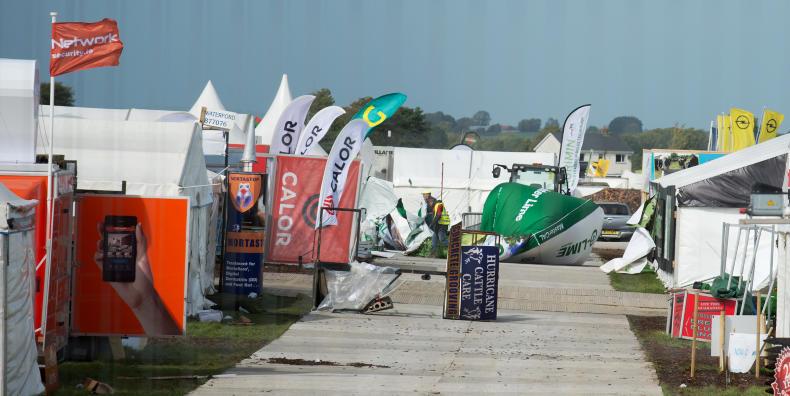
Storm Ali devastated day two of the National Ploughing Championships in 2018. \ Barry Cronin
But it’s not just anecdotal observations that can tell us our climate is changing. The most recent long-term report on Ireland’s climate, published by Met Éireann, shows us that mean temperatures and average rainfall are rising in Ireland.
According to Met Éireann’s climatology report for the period 1981 to 2010 (a period of 30 years is considered long enough to smooth out year-to-year variations), the amount of rain that fell in Ireland on a yearly basis during the aforementioned period was 5% higher compared to the previous 30 years.
“On an annual basis, averaged over the country, there has been an increase of approximately 5% in rainfall totals between the two normal periods (1961-1990 and 1981-2010), with the higher increases in the western half of the country,” says Met Éireann.
The report also highlights how average temperatures are rising in Ireland.
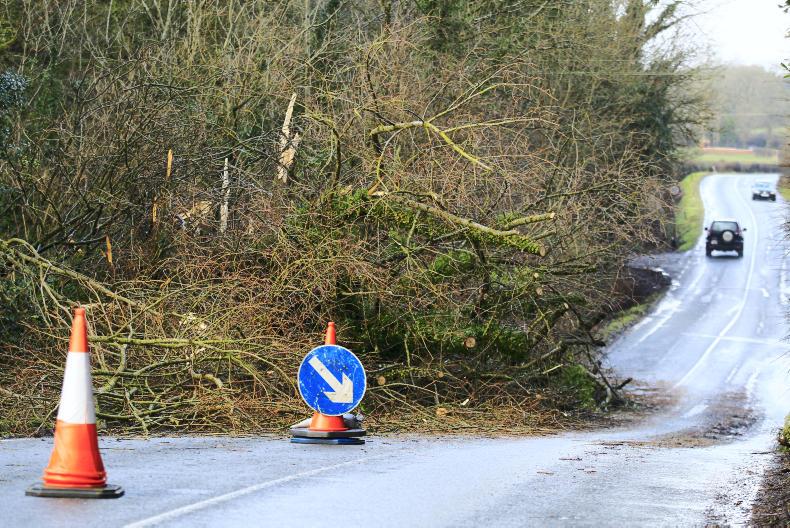
Storm damage on the R198 at Crossdoney, Co Cavan, with a tree down blocking half the road. \ Ramona Farrelly
“Generally, there has been an increase of approximately +0.5°C in mean temperature between the 1961-1990 and the 1981-2010 periods, with the highest increases in the southeast. Maximum and minimum temperatures have also increased by approximately +0.5°C,” says Met Éireann.
“All seasons show a rise in mean temperature, with spring and summer displaying the largest differences between the two periods, of approximately +0.7°C,” it added.
Frequency
Aside from increased rainfall and higher average temperatures, a changing climate could also mean a higher frequency of severe storms in Ireland. In recent years, we’ve seen a number of severe storms in Ireland that have caused considerable damage and disruption to our normal way of life.

Storm Emma caused extensive damage to many farm buildings in Ireland. \Patrick Browne
In the last few years, Ireland has been hit with severe weather in the form of Storm Darwin (2014), Storm Ophelia (2017), Storm Emma (2018), Storm Ali (2018), Storm Ciara (2020), Storm Dennis (2020) and Storm Jorge (2020).
It’s almost become a regular event to see the Taoiseach and the relevant ministers speaking live from the National Emergency Coordination Centre, warning people to take precautions as large storms prepare to descend on Ireland.
The frequency of these type of storms looks set to rise in the coming years. Research published this year by the UK’s Marine Climate Change Impacts Partnership (MCCIP) suggests changes to ocean currents in the Atlantic could mean a greater likelihood of severe weather events like storms and flooding in Ireland going forward.

Storm Brendan hit Ireland in January 2020. \ Met Éireann
The report shows how the Gulf Stream system, which brings warmer waters to Ireland, is weakening and waters in the North Atlantic ocean are becoming colder.
The Gulf Stream is critical in shaping Ireland’s weather patterns, by bringing warmer air from the south and acting as a buffer against extreme weather.
Gulf Stream
However, the research paper from MCCIP suggests that the Gulf Stream system is now in a weakened state, which could mean Ireland is more exposed to a higher frequency of severe storms and flooding going forward.
For farmers, this will be a major concern. We’ve already seen the damage caused to farm buildings and infrastructure due to recent storms. Ensuring farm buildings are in the best possible shape for the next decade will be vitally important in order to ensure farm safety, but also to prevent costly damage to buildings.
The world’s climate is changing. Of that there can be no doubt. Farming, more than any other sector in society, is exposed to these changes in our climate, as weather forms such a core part of how a farmer does their job and plans their week.
Over recent months, farmers have seen first-hand the changes in our climate, with almost no meaningful rainfall recorded throughout Ireland since March.
This has led to drought conditions on many farms, particularly for farmers in the south and east of the country with more free draining soils.
Thankfully, most farms in Ireland will have hopefully got some much needed rainfall in the last week, to reduce the – in some cases – severe soil moisture deficits in the land.
Storms
Yet, this is the second time in three years that Ireland has experienced drought conditions. The frequency of these weather events is increasing and Irish farmers may need to prepare for drier summers and wetter winters over the coming decades.

Storm Ali devastated day two of the National Ploughing Championships in 2018. \ Barry Cronin
But it’s not just anecdotal observations that can tell us our climate is changing. The most recent long-term report on Ireland’s climate, published by Met Éireann, shows us that mean temperatures and average rainfall are rising in Ireland.
According to Met Éireann’s climatology report for the period 1981 to 2010 (a period of 30 years is considered long enough to smooth out year-to-year variations), the amount of rain that fell in Ireland on a yearly basis during the aforementioned period was 5% higher compared to the previous 30 years.
“On an annual basis, averaged over the country, there has been an increase of approximately 5% in rainfall totals between the two normal periods (1961-1990 and 1981-2010), with the higher increases in the western half of the country,” says Met Éireann.
The report also highlights how average temperatures are rising in Ireland.

Storm damage on the R198 at Crossdoney, Co Cavan, with a tree down blocking half the road. \ Ramona Farrelly
“Generally, there has been an increase of approximately +0.5°C in mean temperature between the 1961-1990 and the 1981-2010 periods, with the highest increases in the southeast. Maximum and minimum temperatures have also increased by approximately +0.5°C,” says Met Éireann.
“All seasons show a rise in mean temperature, with spring and summer displaying the largest differences between the two periods, of approximately +0.7°C,” it added.
Frequency
Aside from increased rainfall and higher average temperatures, a changing climate could also mean a higher frequency of severe storms in Ireland. In recent years, we’ve seen a number of severe storms in Ireland that have caused considerable damage and disruption to our normal way of life.

Storm Emma caused extensive damage to many farm buildings in Ireland. \Patrick Browne
In the last few years, Ireland has been hit with severe weather in the form of Storm Darwin (2014), Storm Ophelia (2017), Storm Emma (2018), Storm Ali (2018), Storm Ciara (2020), Storm Dennis (2020) and Storm Jorge (2020).
It’s almost become a regular event to see the Taoiseach and the relevant ministers speaking live from the National Emergency Coordination Centre, warning people to take precautions as large storms prepare to descend on Ireland.
The frequency of these type of storms looks set to rise in the coming years. Research published this year by the UK’s Marine Climate Change Impacts Partnership (MCCIP) suggests changes to ocean currents in the Atlantic could mean a greater likelihood of severe weather events like storms and flooding in Ireland going forward.

Storm Brendan hit Ireland in January 2020. \ Met Éireann
The report shows how the Gulf Stream system, which brings warmer waters to Ireland, is weakening and waters in the North Atlantic ocean are becoming colder.
The Gulf Stream is critical in shaping Ireland’s weather patterns, by bringing warmer air from the south and acting as a buffer against extreme weather.
Gulf Stream
However, the research paper from MCCIP suggests that the Gulf Stream system is now in a weakened state, which could mean Ireland is more exposed to a higher frequency of severe storms and flooding going forward.
For farmers, this will be a major concern. We’ve already seen the damage caused to farm buildings and infrastructure due to recent storms. Ensuring farm buildings are in the best possible shape for the next decade will be vitally important in order to ensure farm safety, but also to prevent costly damage to buildings.








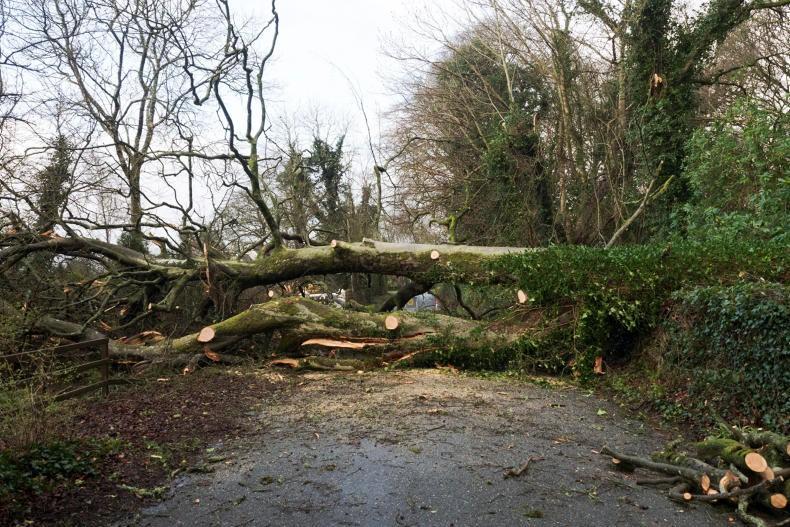
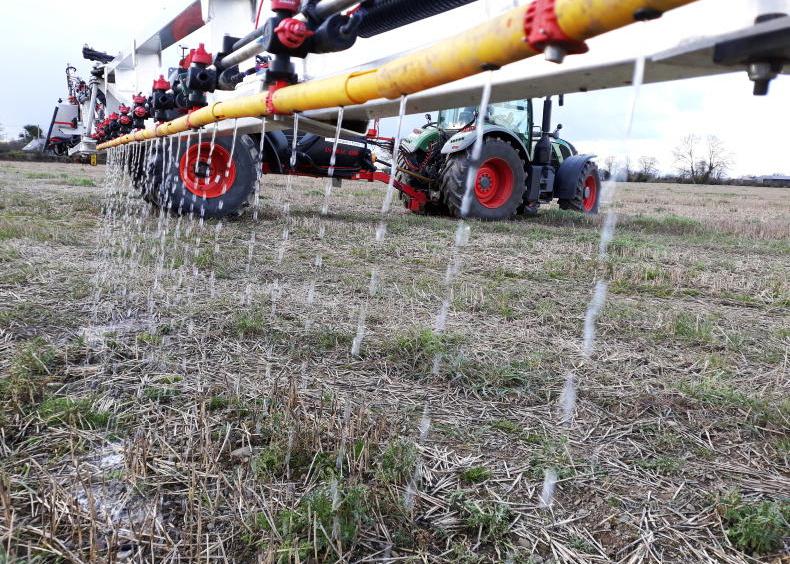
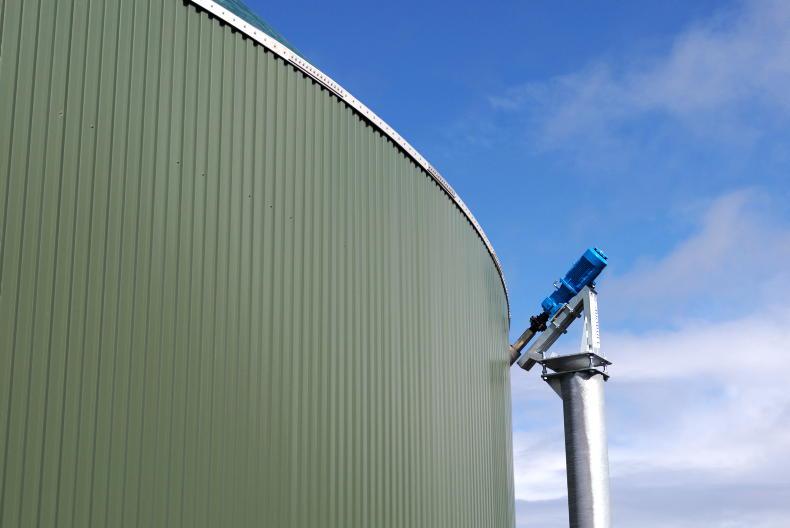
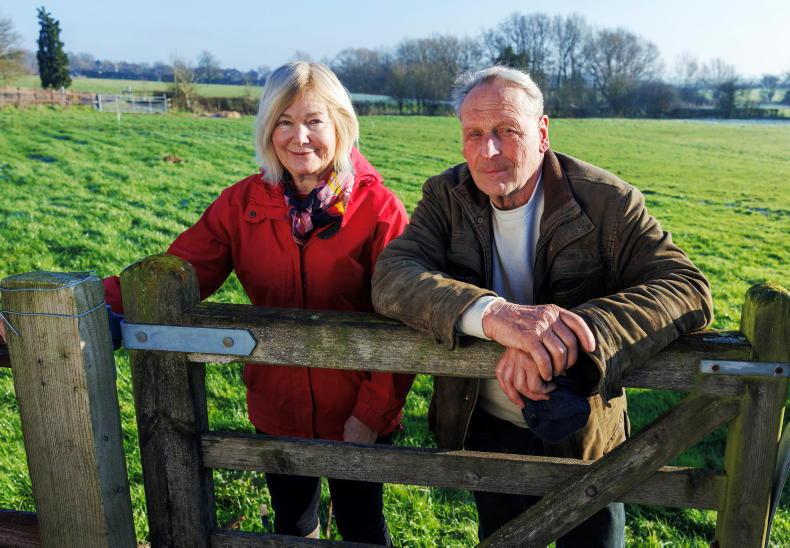

SHARING OPTIONS